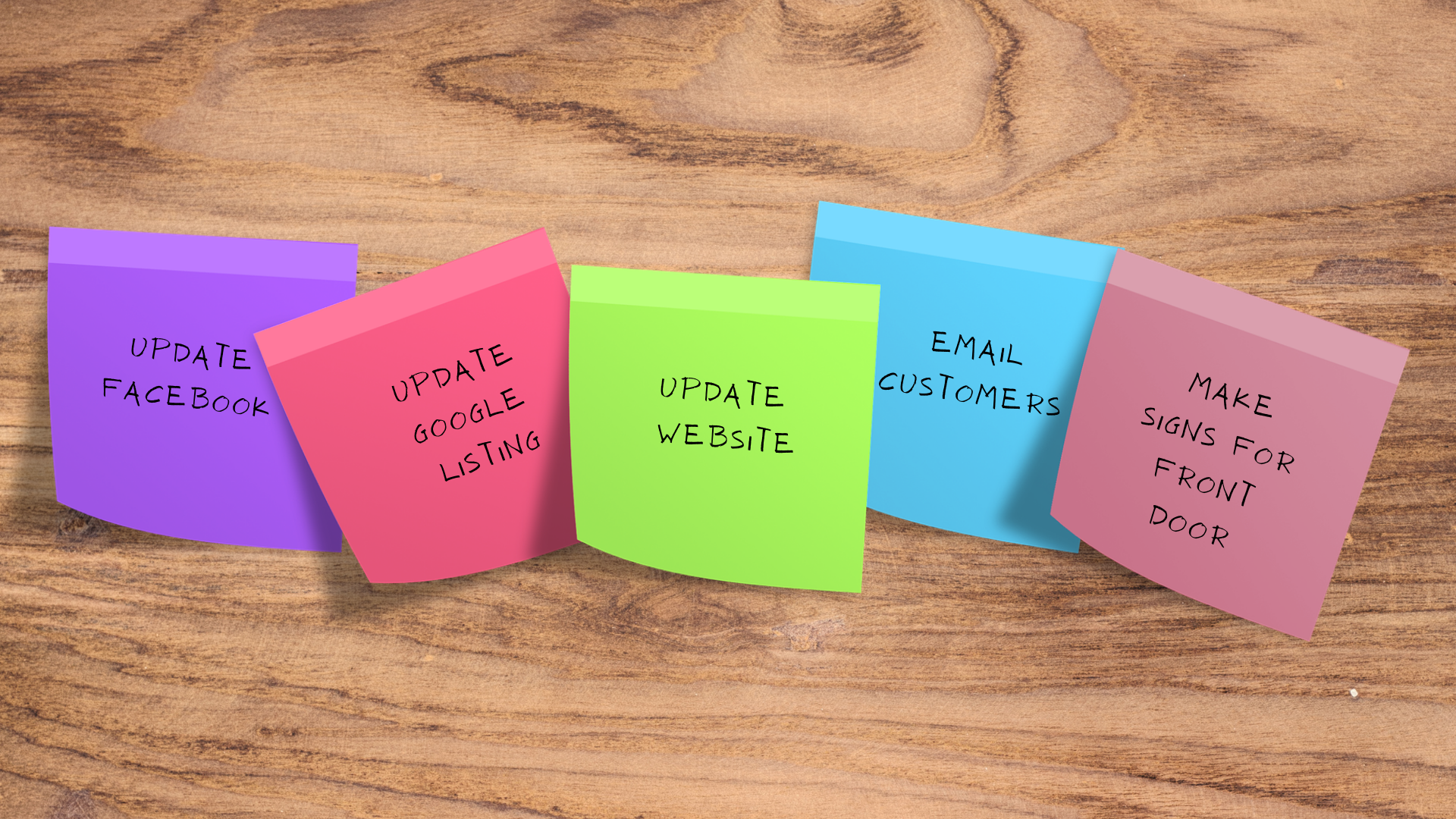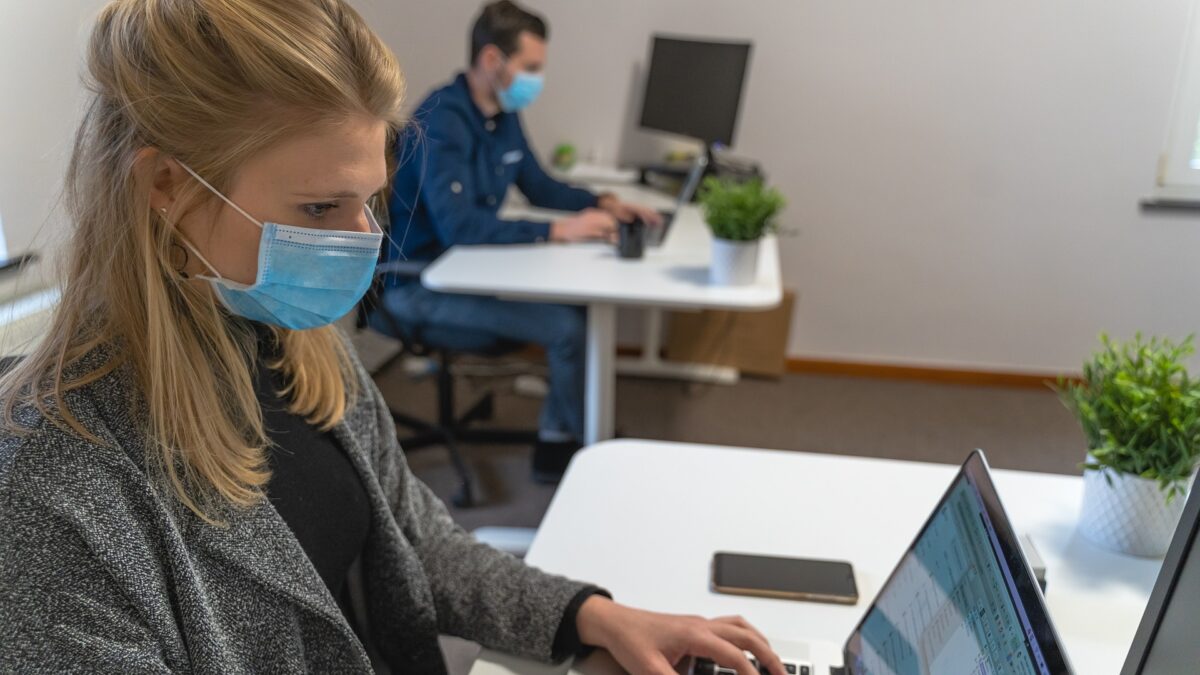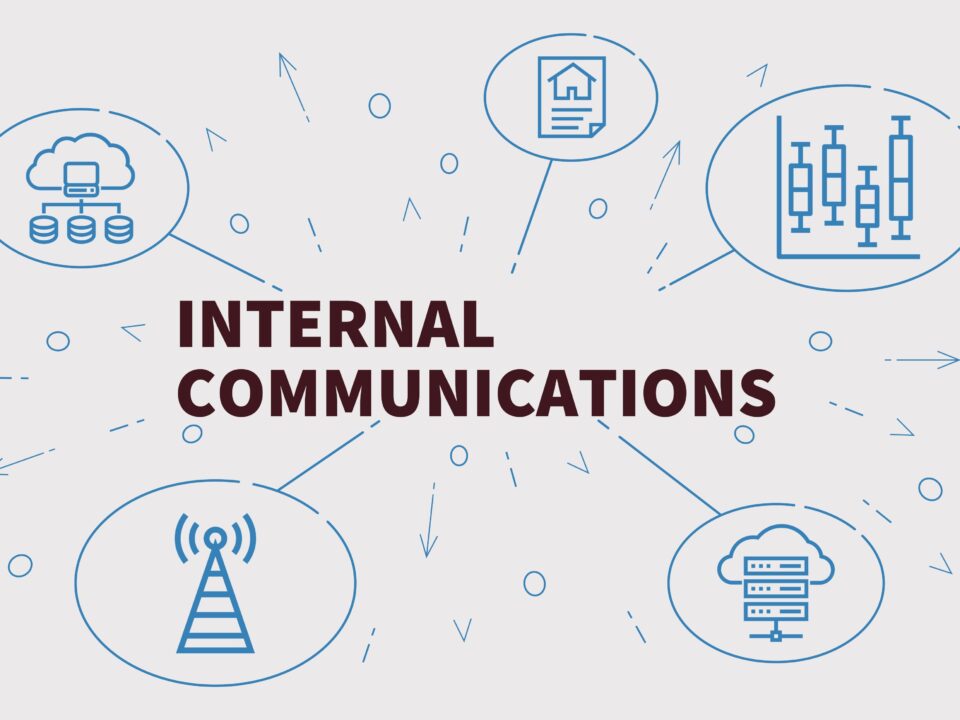
Why are we still talking about COVID-19?
April 19, 2021
Communicating your COVID-19 business information: Messaging cohesion across tactics
May 3, 2021
With vaccines becoming more widely available and infection rates dropping, many businesses that have had employees working from home may find themselves thinking through the logistics of getting people back. You’re probably focused on important thoughts like “How do we determine it’s safe to return?” and “How has COVID changed our workplace for the long term?”
While you’re pondering those questions, make sure you also think about how to communicate all of those changes–and who needs the message.
(Psst.. did you catch our first article about why COVID-19 communications are still important? Go back and check it out!)
Internal audiences: Your staff
Your staff is almost always the first group you need to consider. Getting staff on the same page is important not only for cohesion but also for morale. Your team members all the way down the chain will need to know what’s going on as restrictions and practices change, and how that relates to them. They’ll also need to know if they have a role in getting the information to other audiences, like clients or customers.
There will be a lot of questions to answer. Can I work from home if I want to? Do we get the same offices? What are the new protocols for the office? Do I still have to wear a mask? Does coming back to the office depend on whether I’ve gotten the vaccine? Can I still work from home if I want to? What if I can’t get the vaccine (or refuse to)? What happens if another variant comes out? Have you considered a hybrid work from home/part time office scenario? Or my real question: can I still work from home if I want to?
The logistics of where your staff is working is not going to be their only concern. They also will want to know how you are handling things they were used to in the past. Has our dress code changed? Has our break room changed? When can we stop social distancing in the workplace? When can we stop wearing masks in the office? Does it all happen at once, or will changes be implemented gradually over time? Can we travel for conferences and professional development once those are back on?
Clients
Maybe you’ve gotten used to having client meetings on Zoom. What happens now? Are you going to ask clients to come into the office again? Do you have different ideas about whether clients can come back depending on vaccine status? How do you communicate these ideas without offending someone?
Partners and service personnel
Haven’t had your vending machine refilled in a year? No one coming by to change out the tank on the water cooler or empty the shred bin? When the team is working from the office again, you may need to get those vendors reactivated. Think through which service personnel are usually (or used to be) in and out of your office, and let them know how you’re expecting the relationship to work going forward.
Or perhaps you’re sticking with this work-from-home deal and you need to rethink your office amenities. If you’re considering downsizing your office space, or putting in some of the oh-so-popular “landing spaces” for employees who split time between home and the office, you may need to start working with your landlord and a designer.
Media
Not all businesses get media attention on a regular basis–but times of transition can thrust even the most unassuming businesses into the spotlight.
While we’d all like to believe that “there’s no such thing as bad PR,” that may not be true when it comes to your business and the handling of sensitive pandemic-related information. Remember to update your crisis communications plan with all the things that could go wrong in mind before the return-to-office.
Alternatively, if you’ve got good, newsworthy information, share the word with the media! Let them know you’ve hired 50 new people post pandemic, or that the innovation brought about by necessity during the pandemic has created a stellar new business model for you, or whatever good news you have. The media sometimes gets flack for only sharing negative stories–but it’s our job to make sure they have good pitches for positive stories they’ll want to share!
Going back to the office after COVID-19 is going to be a big change–welcome for some, and less so for others. Calculate your audiences carefully to ensure you get your message in front of the right people, and your return-to-work communications will go a lot more smoothly. Good luck!



